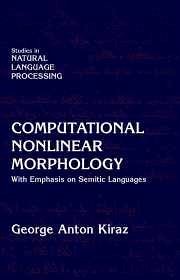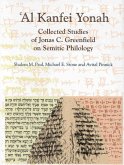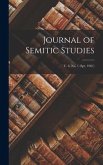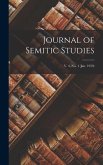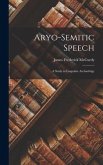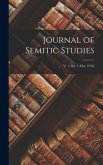By the late 1970s phonologists, and later morphologists, had departed from a linear approach for describing morphophonological operations to a non-linear one. Computational models, however, remain faithful to the linear model, making it very difficult, if not impossible, to implement the morphology of languages whose morphology is non-concatenative. Computational Nonlinear Morphology aims at presenting a computational system that counters the development in linguistics. It provides a detailed computational analysis of the complex morphophonological phenomena found in Semitic languages based on linguistically motivated models. The book outlines a generalized regular rewrite rule system that employs multi-tape finite-state automata to cater for root-and-pattern morphology, infixation, circumfixation and other complex operations such as the broken plural derivation problem found in Arabic and Ethiopic.

